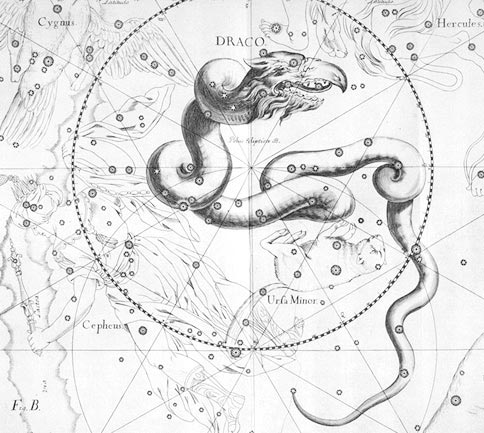Demeter. Persephone. Hades. Three names well-known from Greek mythology. Like Perseus slaying Medusa, or Theseus with his ball of thread, the story of Persephone's descent to the Underworld* is one known even outside Pagan communities. The details might be lost, but most people can recite the broad outlines of the tale: Hades kidnaps Persephone and takes her down to the Underworld and her mother, Demeter, is so upset that she withholds her blessings from the Earth. Winter sets in. Only when her daughter is returned does Demeter allow the crops to grow again.
Like I said: broad outline. There are many, many different ways to interpret this myth -- coming-of-age tale, the reason for the seasons, origins of a mystery tradition, incorporation of a foreign Deity into the indigenous pantheon, and so forth. There are also different versions of this myth -- ancient, modern, feminist, and even (re)written Christian morality plays.
...-
 After the birth of my daughter three years ago I was filled with so much joy that it was almost painful. Still am. Shadowing that
After the birth of my daughter three years ago I was filled with so much joy that it was almost painful. Still am. Shadowing that





















